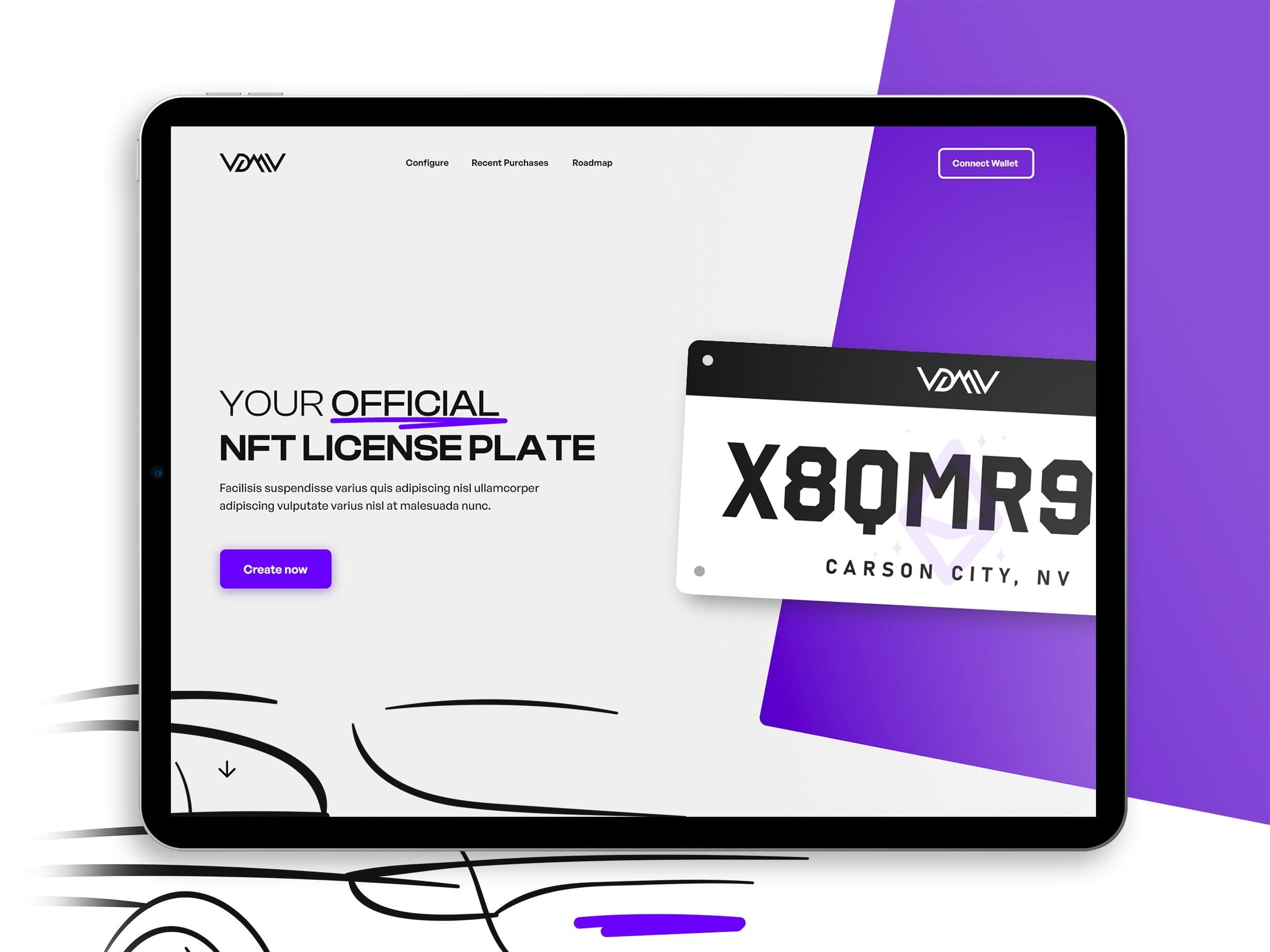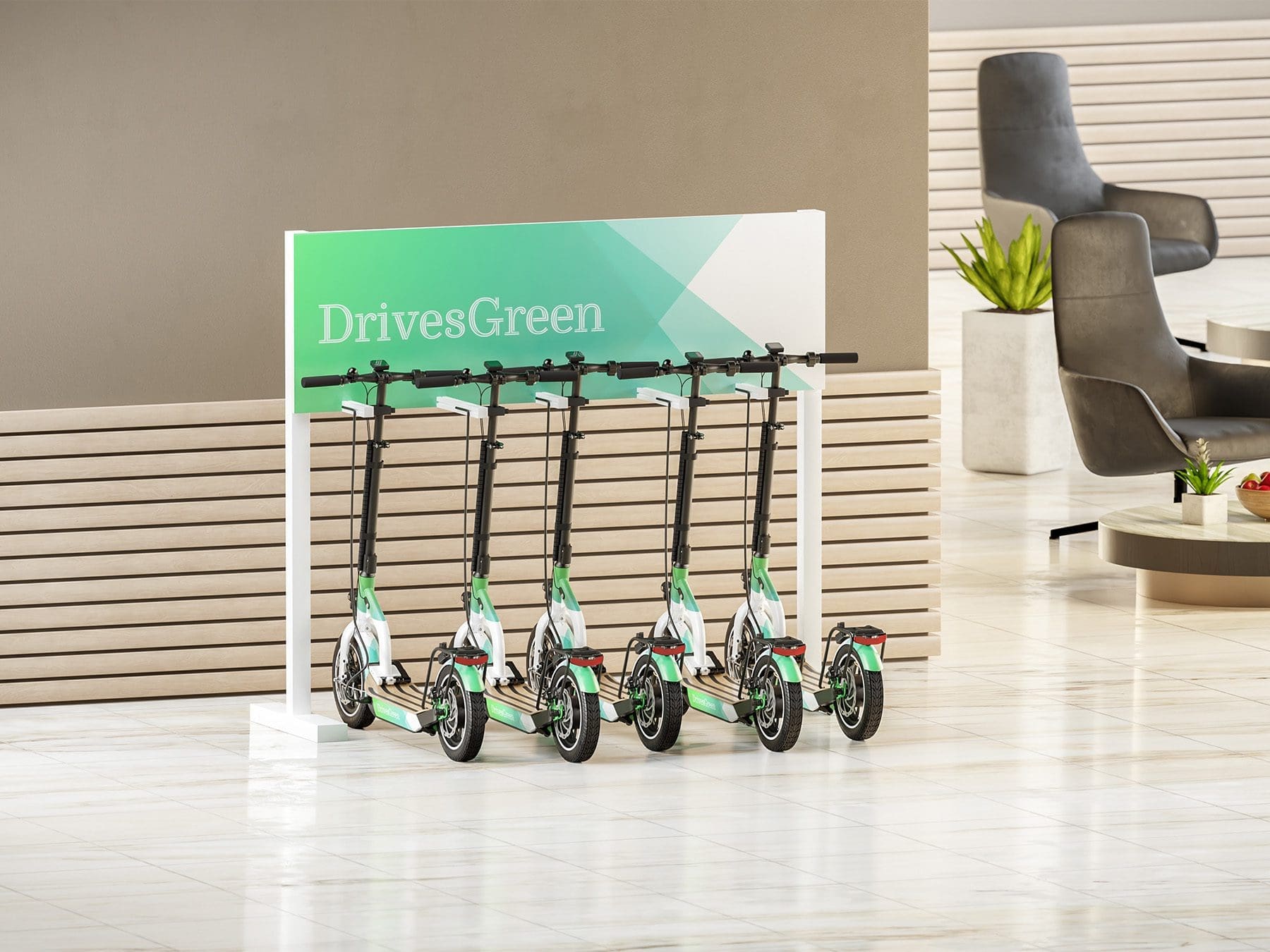How extended reality is changing the world of work: Insights and applications
The world of work is undergoing dynamic change thanks to extended reality (XR). Umami Creative, as an experienced creative agency, is driving this development, especially in the areas of trade fairs and gaming. With our expertise in virtual reality (VR) and augmented reality (AR), we create unique worlds of experience. Our innovative solutions offer advanced training methods and enrich trade fairs with interactive exhibitions. In the gaming world, we open up new dimensions of the gaming experience through realistic simulations that promote productivity and creativity in equal measure.

Revolution in the industry: Umami shapes the future with customized XR and real-time 3D solutions
Extended reality is playing an increasingly important role in industry. It makes it possible to simulate and visualize complex processes and machines in a virtual environment. This opens up a wide range of possibilities, from improving production processes to optimizing maintenance and training processes. As the creative agency Umami, we specialize in developing tailor-made XR solutions for industrial companies. With our expertise in real-time 3D software, we create realistic and interactive applications that increase both efficiency and safety in the workplace. Our solutions provide an immersive experience that enables employees to better understand complex operations and train effectively without taking real risks. By combining XR technology and real-time 3D software, we at Umami create innovative tools that help industrial companies stay competitive in an increasingly digitalized world

Increased efficiency and error reduction
XR technologies make it possible to realistically represent complex machines and production processes in a virtual environment. This allows employees to train and optimize processes without using real production resources or taking risks. This leads to a significant increase in efficiency and a reduction in errors in real processes.

Improved training and education
By using VR and AR in training programs, industrial companies can train their employees more effectively. Complicated processes and machine operations can be simulated in a safe, controlled environment, making it easier to understand and handle complex systems. This leads to better trained employees and greater occupational safety.

Maintenance and remote support
XR applications enable technicians to visualize maintenance work virtually and receive instructions in real time. Augmented reality can be used, for example, to display repair instructions directly in the technician’s field of vision. This not only makes maintenance work easier, but also enables efficient remote support, which saves time and money.
Umami revolutionizes learning in industry and trade with tailor-made XR and real-time 3D technology
In the industrial and skilled trades sector, the use of extended reality opens up revolutionary possibilities in the field of learning and training. Technologies such as Virtual Reality (VR) and Augmented Reality (AR) make it possible to create realistic training scenarios in which employees can learn and practice complex skills in a safe, risk-free environment. With Umami’s expertise in real-time 3D software and XR, we develop customized learning solutions that are tailored to the specific requirements and processes of industrial and trade companies. Our interactive training applications provide an immersive experience that not only improves understanding of complicated processes, but also promotes practical implementation. This leads to more efficient training, reduces the training time of new employees and increases the quality of work execution. By combining advanced XR solutions with detailed 3D visualization, we help companies optimize their training and learning processes and prepare for the challenges of the digital future.

Realistic training experience
XR makes it possible to realistically simulate work environments and processes. This gives learners the opportunity to train complex machine operations, maintenance work or manual skills in a safe, virtual environment. Such realistic exercises can significantly improve understanding and competence in dealing with real-life situations.

Risk minimization and cost efficiency
By using VR and AR technologies in training programmes, errors and accidents in the real working environment can be minimized. This not only reduces the risk of injuries and material damage, but also saves costs, as expensive machines and materials do not actually have to be used for training purposes.

Flexible and scalable learning environments
XR technologies make it possible to quickly adapt and expand learning content. Companies can simulate specific scenarios and challenges that are directly tailored to their individual needs. This enables flexible and scalable training that adapts to the ever-changing requirements of industry and trade.

Umami redesigns trade fairs and events with customized XR and real-time 3D experiences
The use of extended reality at trade fairs and events offers a unique opportunity to engage and inspire visitors in an innovative way. At Umami, we use XR technologies to create immersive and interactive experiences that go far beyond traditional presentation formats. Our expertise in real-time 3D software enables us to develop customized virtual and augmented realities that bring products, services or concepts to life in a whole new dimension. From virtual product demonstrations that allow visitors to experience products in a realistic environment to AR applications that overlay additional information and interactive elements into the real environment, we create unique experiences that convey brand messages and intensify visitor engagement. Our XR solutions at trade fairs and events are not just a means of presentation, but become a central element of the experience that has a lasting positive impact on the perception of a brand or product.

Increased visitor interaction and engagement
XR and real-time 3D create immersive, interactive experiences that engage visitors on a deeper level. Such immersive experiences can not only hold visitors’ attention for longer, but also encourage greater emotional engagement with the product or brand being presented.

Differentiation from competitors
By using XR and real-time 3D, exhibitors can set themselves apart from the competition. These technologies offer innovative ways to present products and services that go beyond traditional methods and thus leave an unforgettable impression on trade fair visitors.

Presentation of complex products and services
XR and Realtime 3D are ideal for demonstrating complex products or services in an understandable and appealing way. They make it possible to show products in action, demonstrate functions and visualize technical details in a way that would be difficult to convey using conventional means.
Further areas of application for digital twins
Healthcare
XR is used for medical training, therapy support and the planning of complex operations.
XR enables virtual travel, virtual hotel tours and immersive travel experiences.
In the real estate industry, XR is used for virtual house tours and the presentation of construction projects.
XR supports the design, training of mechanics and the sale of vehicles through virtual test drives.
XR offers new possibilities for immersive video games, VR films and AR applications.
Architects use XR to visualize construction projects and improve planning.
Education
In addition to training courses, XR is used in education for virtual excursions, interactive learning materials and STEM lessons.
XR inspires artists and enables immersive art creation and virtual museum visits.
Everything you need to know: Frequently asked questions about Extended Reality
XR includes virtual reality (VR), augmented reality (AR) and mixed reality (MR). XR is used at trade fairs to create interactive and immersive experiences that present products and services in an innovative way.
XR enables realistic training scenarios in a safe, virtual environment, ideal for training complex skills in industry and trade.
In industry, it can help to increase efficiency, reduce errors and improve employee training by simulating complex machine operations and maintenance processes.
Yes, even smaller craft businesses can benefit from the technology, for example by simulating complex work steps or presenting customer projects clearly.
It creates unique, interactive experiences that engage visitors and take the presentation of products and services to a new level.
The technology required varies depending on the area of application and can range from VR goggles and AR apps on smartphones to special sensors and trackers.
Yes, by reducing material and travel costs and making training processes more efficient, the technology can be very cost-effective in the long term.
Modern applications offer very realistic simulations that enable an exact replication of real conditions.
Yes, they are capable of displaying even complex machines and systems interactively and in great detail.
Extended reality allows customers to experience products in a virtual environment, which leads to a deeper understanding of the product and greater engagement.





